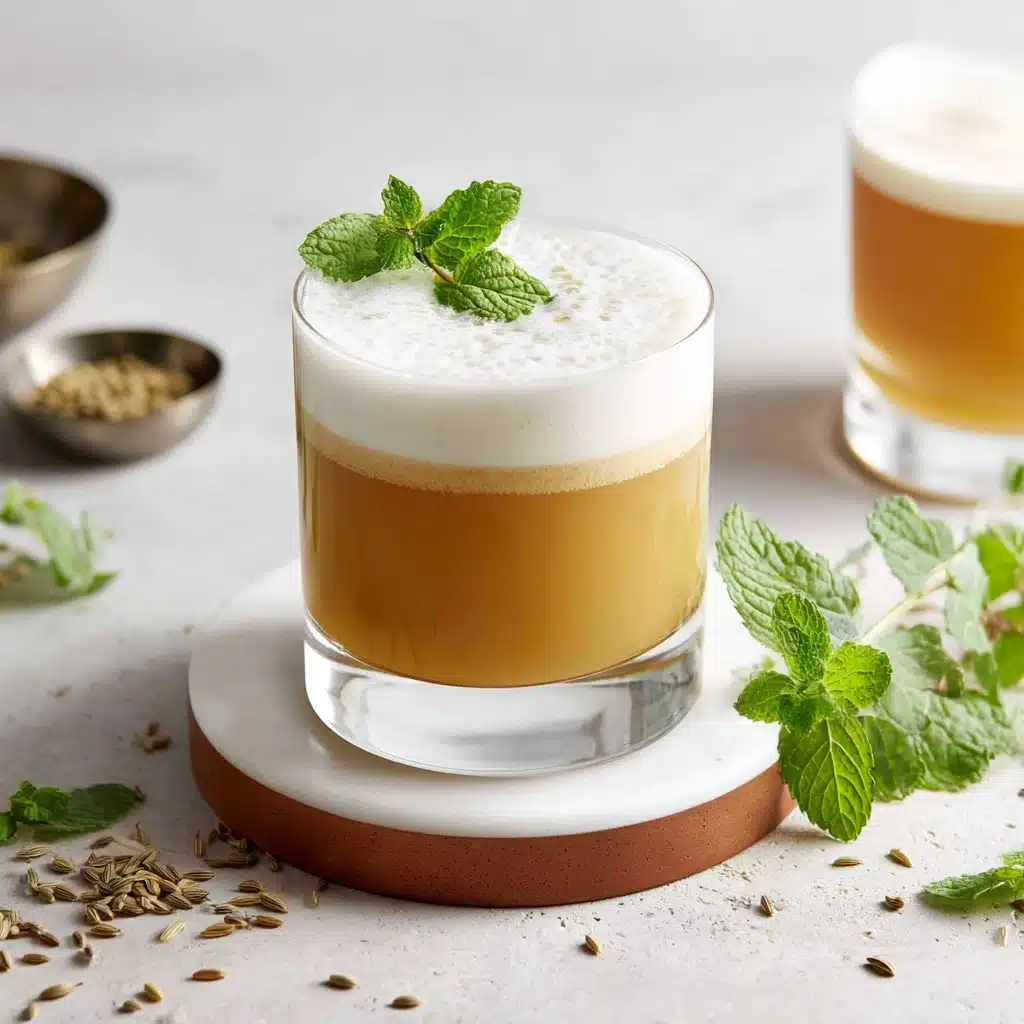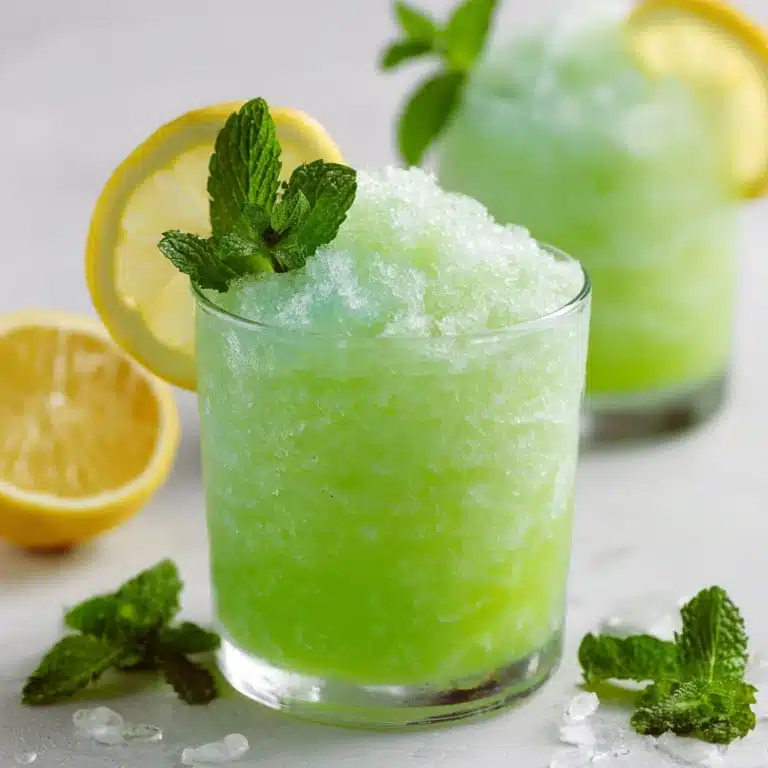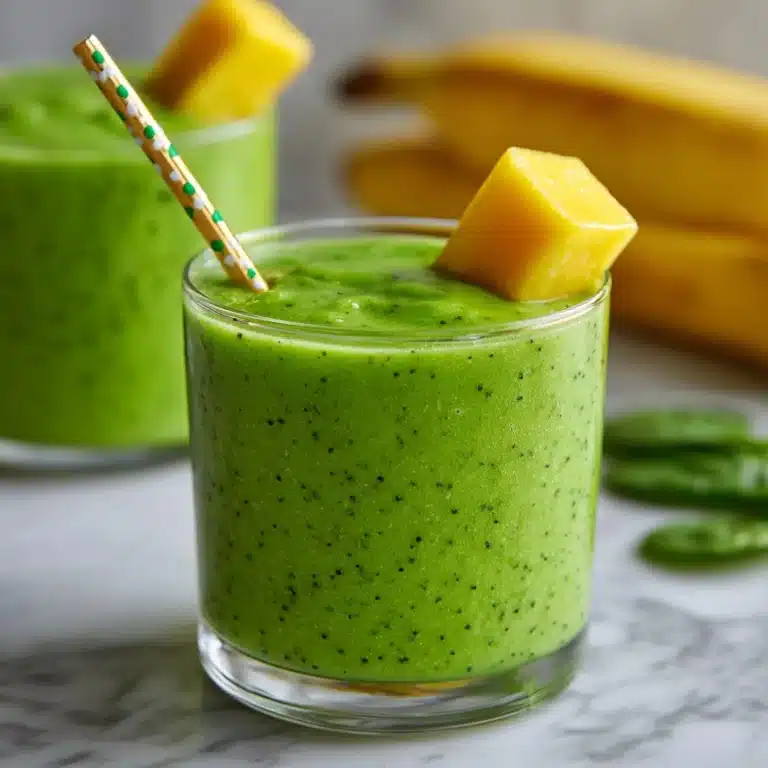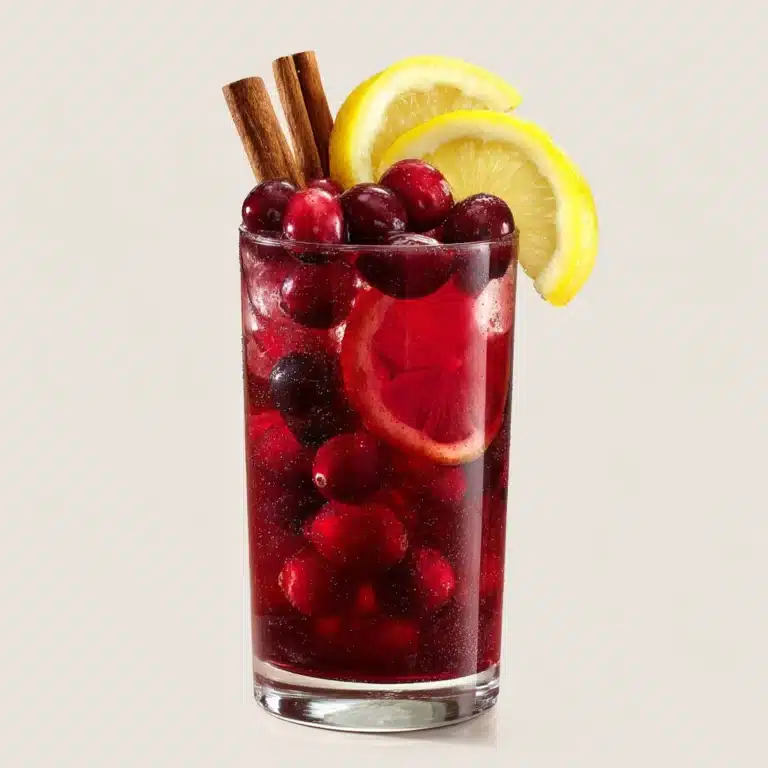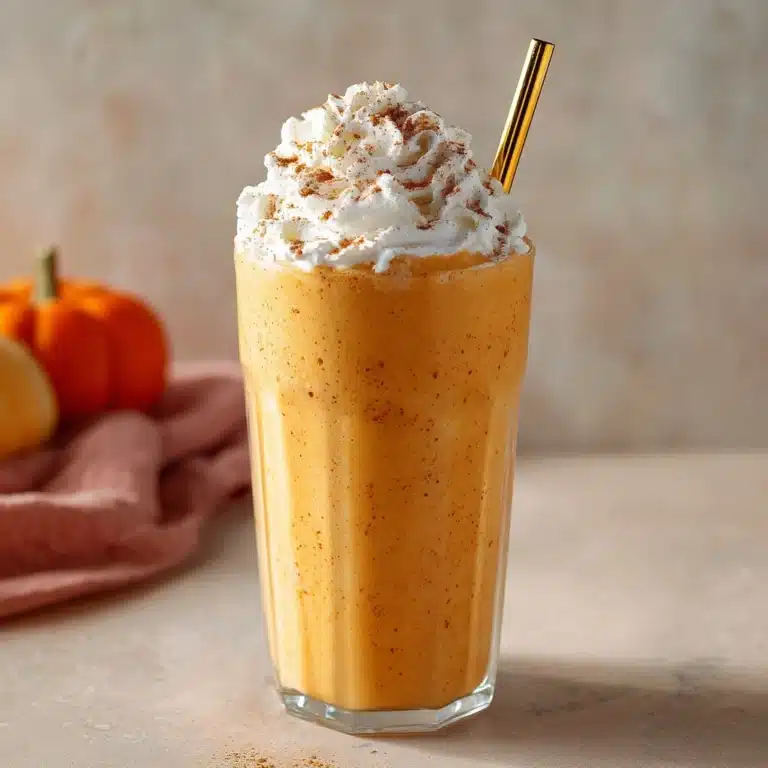Bread Kvass is a beloved Eastern European fermented beverage with a soul-warming history and an irresistibly refreshing flavor profile. Made from rye bread, water, sugar, and just a hint of yeast or wild fermentation, Bread Kvass offers that tangy-sweet effervescence reminiscent of a mild, sessionable soda, but with a distinct malty depth. Whether you’re nostalgic for childhood summers or seeking a truly unique homemade drink, this recipe brings the magic of old-world tradition straight to your table.
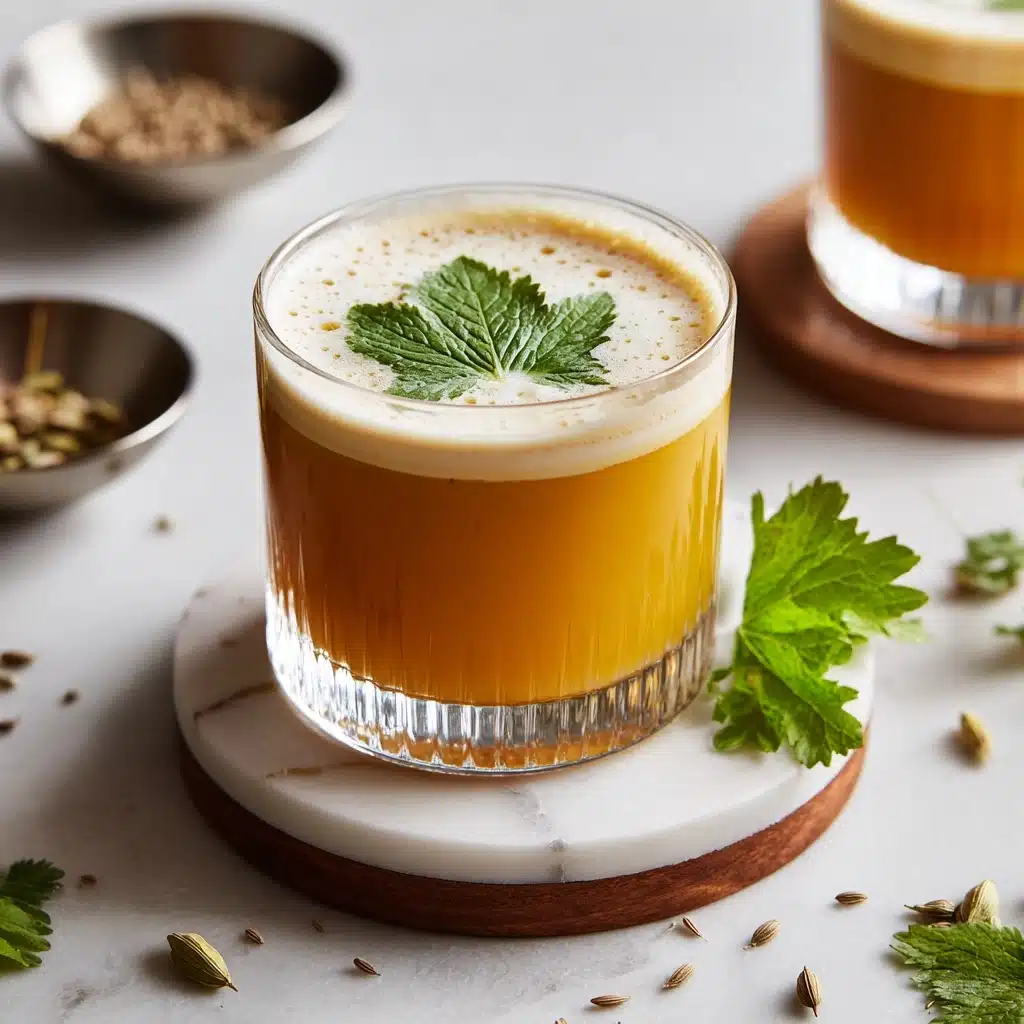
Ingredients You’ll Need
-
Rye Bread:
- 1 pound rye bread (preferably stale)
Water:
- 10 cups filtered water
Sugar:
- 1/2 cup granulated sugar
Raisins:
- 1/4 cup raisins
Yeast (optional):
- 1/4 teaspoon active dry yeast
How to Make Bread Kvass
Step 1: Toast the Bread
Preheat your oven to 350°F (175°C). Start by slicing the rye bread into cubes—a sharp bread knife is your friend here, especially if your loaf is on the staler side! Scatter the cubes on a baking sheet and slide them into the oven. Toast for 20–30 minutes, giving them a gentle turn halfway through, until they’re deeply browned and fragrant. Resist the temptation to let them get too dark; you want robust toasty flavor, not bitterness.
Step 2: Steep the Toasted Bread
Bring 10 cups of filtered water to a boil in a spacious pot. Once it’s bubbling away, take it off the heat and tip in your beautifully toasted bread cubes. Cover tightly and let this bread soak—allow at least 4–6 hours, but overnight works wonders for a deeper, maltier brew. The kitchen will fill with hearty, nostalgic aromas as the water draws out all that rye character.
Step 3: Strain and Sweeten
When your steeping time is up, carefully strain the mixture through a fine-mesh sieve or double layer of cheesecloth into a clean pot or large bowl. Give those bread pieces a gentle squeeze to extract as much liquid as possible. Immediately stir in the sugar, mixing until fully dissolved—this helps set the groundwork for the fizz and imparts that classic sweet edge.
Step 4: Cool and Ferment
Let the sweetened bread liquid cool to room temperature. If you’re in a hurry or want steady, reliable fermentation, now’s the moment to sprinkle in your active dry yeast and stir. Otherwise, skip the yeast for a traditional wild ferment. Decant the slightly murky mixture into pristine bottles—glass swing-tops add a rustic flair—leaving an inch of headspace. Drop a few raisins into each, then loosely cap and leave your bottles out at room temperature. Check daily; within 1–2 days, you’ll see the telltale signs of fizzing and floating raisins, meaning your kvass is just right!
Step 5: Chill and Enjoy
Once your Bread Kvass is lightly carbonated and bursting with tangy fragrance, transfer the bottles to the refrigerator to slow down fermentation. Let them chill thoroughly before twisting off the cap and treating yourself (or your friends) to a glass. Always open gently—kvass loves to surprise with a little extra pressure! Sip, savor, and enjoy fizzy, malty refreshment at its very best.
How to Serve Bread Kvass
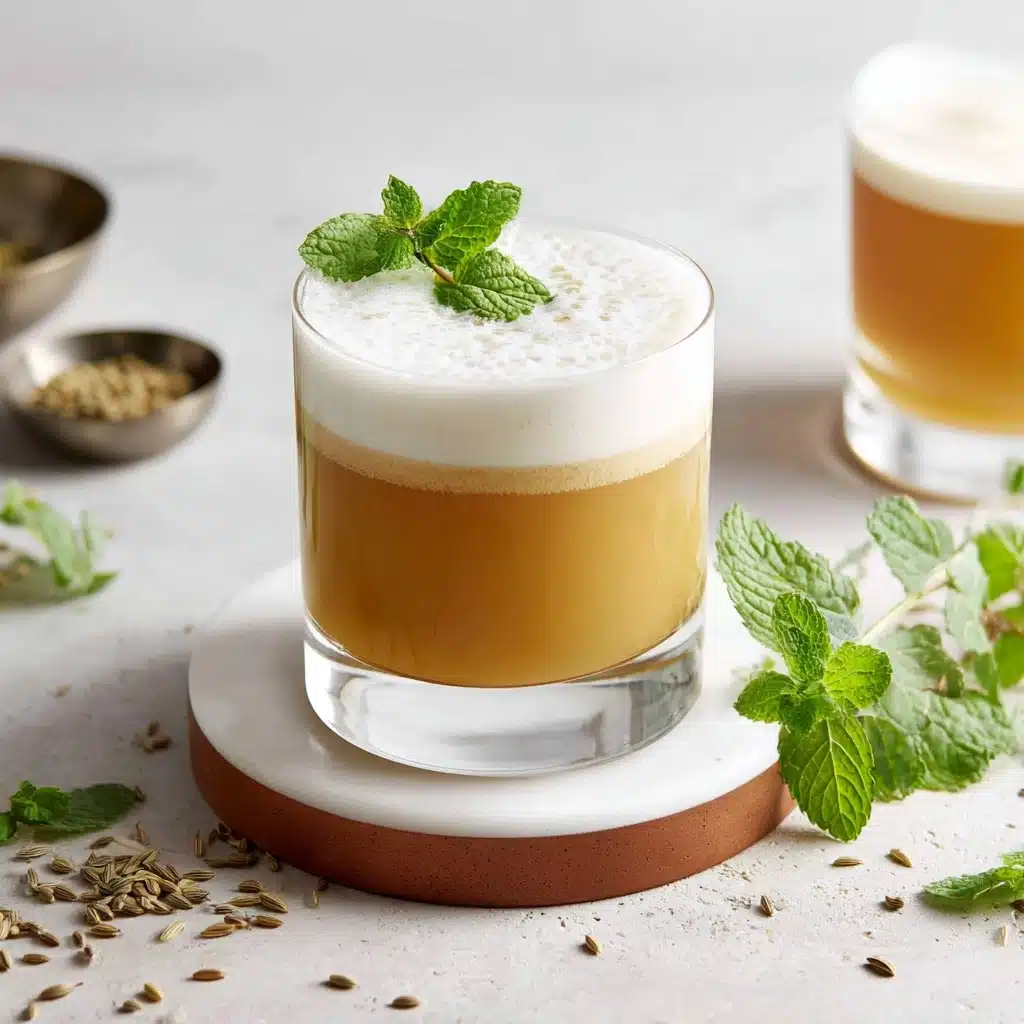
Garnishes
Dress up your Bread Kvass with delicate ribbons of fresh mint, a thin slice of lemon, or a handful of berries for a burst of color and aroma. Even a touch of honey stirred in just before serving can make a big difference, accentuating both the sweetness and the ancient charm of this iconic drink.
Side Dishes
Traditionally, Bread Kvass pairs beautifully with hearty Eastern European fare—think savory dumplings, slices of cold roast beef, tangy pickled vegetables, or dense brown bread and cheeses. Its gentle sparkle and malty tartness cut through rich foods, making each bite feel fresher and lighter.
Creative Ways to Present
Pour kvass over a tall glass of ice on a hot day for ultimate refreshment, or serve it at a picnic in vintage-style bottles for a nostalgic touch. For parties, try offering a “Kvass Bar” with mix-in options like spices (cinnamon sticks, cardamom), fresh fruit slices, or herbs, letting guests customize their own fizzy creation.
Make Ahead and Storage
Storing Leftovers
Homemade Bread Kvass keeps in the refrigerator for up to a week. Always store with the caps slightly loose in case of continued fermentation, and open cautiously. The flavors will mellow as the days go by, making the kvass even more rounded and complex.
Freezing
While traditionalists may never freeze Bread Kvass, you absolutely can—pour into freezer-safe containers, leaving extra headspace for expansion. Thaw in the fridge before serving; the fizz will be more subtle, but the flavor remains true and vibrant.
Reheating
Bread Kvass is meant to be enjoyed cold, never warmed, to preserve its effervescent sparkle and refreshing bite. If it’s been in the fridge for a while and you want it extra chilly, serve over ice or pop it in the freezer for 15 minutes before pouring.
FAQs
Can I use different types of bread?
Absolutely! While traditional Bread Kvass relies on rye bread for its signature malty tang, you can experiment with other hearty dark breads. Just keep in mind that lighter breads yield a milder flavor and less color.
Is kvass alcoholic?
Bread Kvass is a low-alcohol fermented beverage, with most homemade versions containing less than 1% alcohol—enough for a slight buzz of flavor but safe for all ages when consumed in moderation. It’s worlds apart from strong drinks like beer or wine!
How will I know when my kvass is ready?
The best sign that your kvass is perfectly fermented is the appearance of gentle fizz and raisins floating to the top. The drink should smell yeasty, toasty, and a bit fruity, with a pleasant tang and mild sweetness.
Can I flavor my kvass?
Definitely! After primary fermentation, you can add fresh berries, a drizzle of honey, a sprig of mint, or slices of citrus before bottling. Get creative and tailor your Bread Kvass to suit the season or your mood!
Why is there sediment at the bottom of my kvass bottles?
Sediment is completely normal with naturally fermented beverages. It’s primarily from leftover bread crumbs and yeast; simply pour gently, leaving the last little bit in the bottle if you want a clearer glass.
Final Thoughts
There’s something deeply satisfying about making your own Bread Kvass—a sip of culture, history, and a touch of homemade magic in every glass. If you’re looking to liven up your beverage game and surprise friends with a taste straight from Eastern Europe, don’t hesitate to give this recipe a go. Cheers to new traditions and fizzy, malty refreshment!
Print
Bread Kvass Recipe
- Total Time: 1 hour plus 2-3 days fermentation
- Yield: 8 servings 1x
- Diet: Vegan
Description
Learn how to make traditional Eastern European Bread Kvass at home with this easy recipe. This fermented drink is made from rye bread, water, sugar, and raisins, resulting in a refreshing and slightly tangy beverage.
Ingredients
Rye Bread:
- 1 pound rye bread (preferably stale)
Water:
- 10 cups filtered water
Sugar:
- 1/2 cup granulated sugar
Raisins:
- 1/4 cup raisins
Yeast (optional):
- 1/4 teaspoon active dry yeast
Instructions
- Preheat Oven: Preheat oven to 350°F (175°C). Toast rye bread cubes on a baking sheet for 20-30 minutes until browned.
- Prepare Bread Mixture: Boil water, add toasted bread, steep for 4-6 hours, then strain.
- Add Sugar and Yeast: Dissolve sugar in liquid, cool to room temperature, add yeast if using.
- Bottle the Kvass: Pour mixture into bottles, add raisins, cap loosely, and ferment at room temperature.
- Chill and Serve: Refrigerate bottles once lightly carbonated, then serve cold.
Notes
- Open bottles carefully to release pressure gradually.
- Customize kvass with mint, berries, or honey.
- Traditional wild fermentation can be used instead of adding yeast.
- Prep Time: 30 minutes
- Cook Time: 30 minutes
- Category: Beverage
- Method: Fermenting
- Cuisine: Eastern European
Nutrition
- Serving Size: 1 cup
- Calories: 80
- Sugar: 8g
- Sodium: 70mg
- Fat: 0g
- Saturated Fat: 0g
- Unsaturated Fat: 0g
- Trans Fat: 0g
- Carbohydrates: 18g
- Fiber: 1g
- Protein: 1g
- Cholesterol: 0mg
